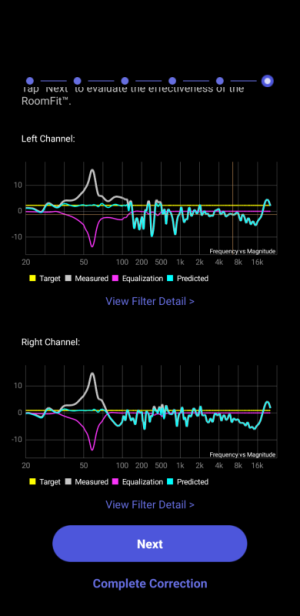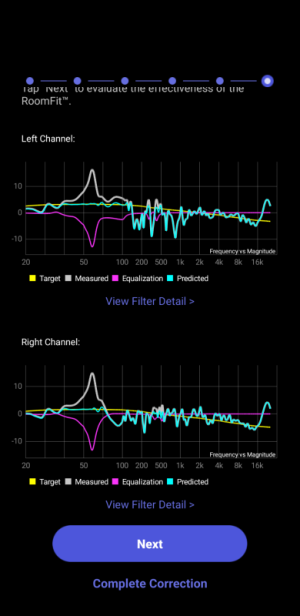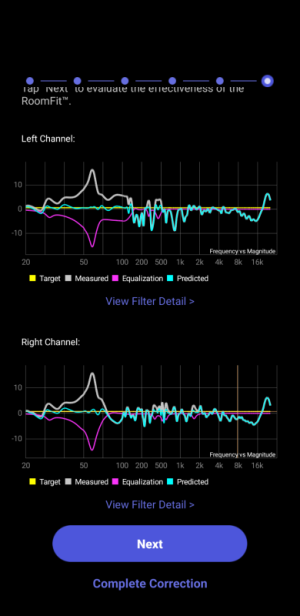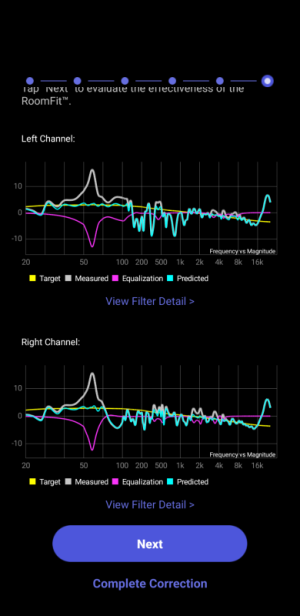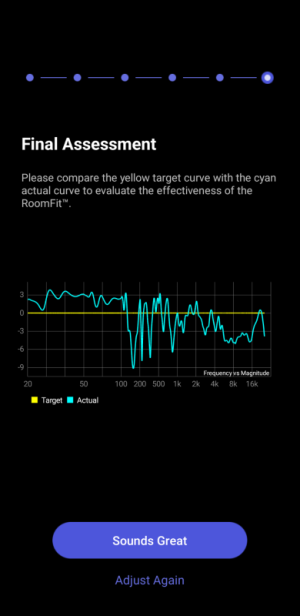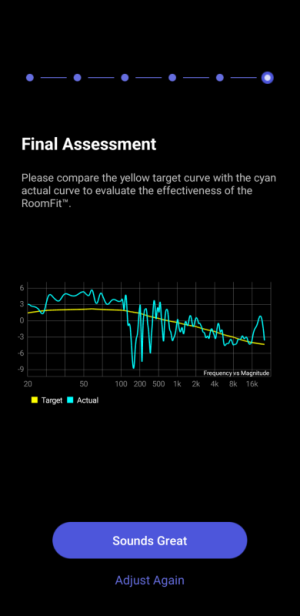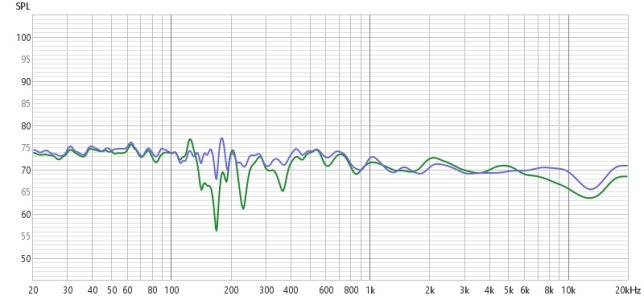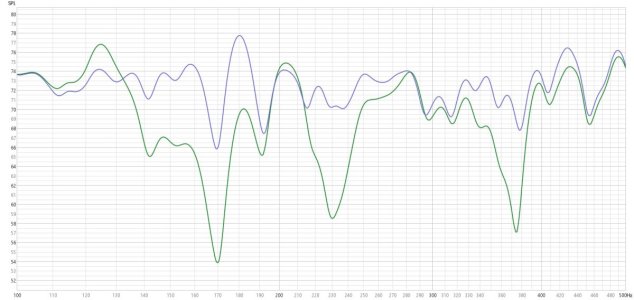In general it is indeed
technically possible to fix some dips with positive gain EQ, but there's several reasons why it is usually advised
not to do it:
- Dips are in general less audible than peaks, and narrow dips especially so.
- There's a danger of digital clipping if pre-gain (or volume limit) is not reduced by the amount equaling total EQ boost.
- Reducing pre-gain reduces overall maximum level (and therefore reduces system headroom).
- You can only optimize EQ for a single listening position. Adding a boost by EQ might fix a dip there, but it will result in a peak/resonance elsewhere in the room. This can especially be a problem if you have multiple secondary listening positions.
- True acoustic cancellations can never be fully fixed by EQ boosts. I suspect the very narrow dip around 180Hz is still quite visible if you display your response in e.g. 1/24 smoothing. Maybe the same with the one at around 220Hz.
- Peaks and dips in a response can shift slightly as a result of external factors (see here for one example). Boosting a very narrow dip could give you a very narrow resonance in case the dip shifts in frequency due to a change in the room. As I mentioned above, an equivalent peak is more audible than a dip.
So it is in general simply better practice to try and avoid response dips altogether with careful placement of speakers and subs, and only use EQ after that to knock down the peaks/resonances.
If placement cannot be further optimized and we still have significant bass suck-outs, then adding some EQ boosts can indeed be beneficial; but I'd advise caution when applying it. Personally I'd only use low-Q boost filters (not higher than Q=3), and try to limit the total amount of boost (definitely less than 6dB total).

